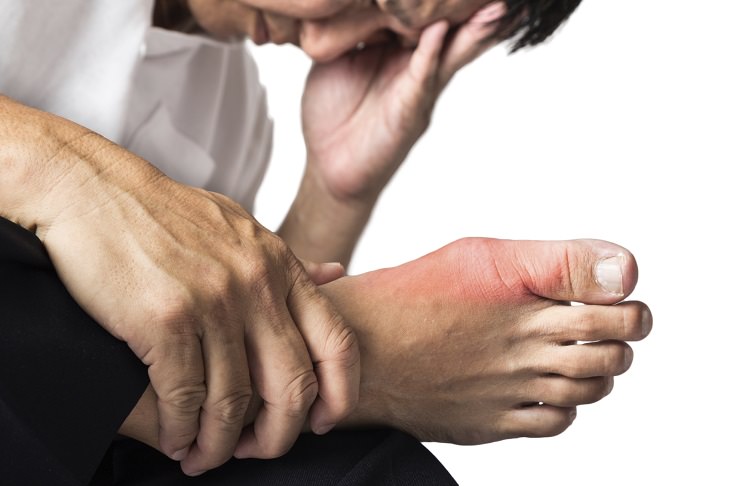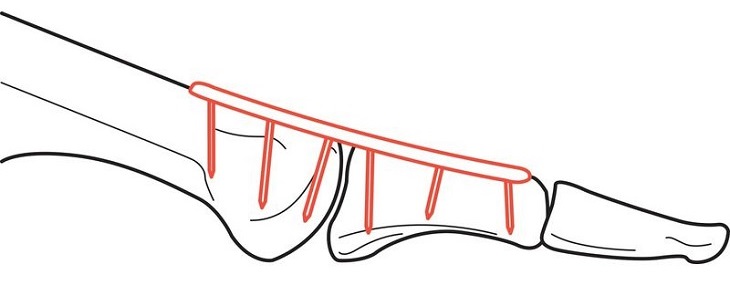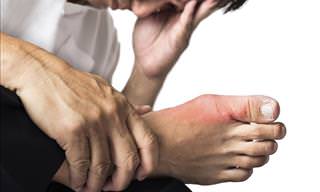What Are the Symptoms of Osteoarthritis in the Toe?
• Swelling around the joint
• Pain in the joint when you're active, especially as you push-off from your toes when walking
• A bump, like a bunion or callus, that develops on top of the foot (known as a bone spur)
• Stiffness in the toe and an inability to bend it
Causes of Osteoarthritis
Your risk of getting osteoarthritis increases as you get older. This is mostly because your body becomes less able to heal wear and tear as you age. You're more likely to develop osteoarthritis if you have a family history of it, or if you're obese.
Hallux rigidus may also occur because of a toe injury or deformity of the foot. Stiffness in the big toe generally occurs between the ages of 30 and 60.
Treatment
Up until recently, doctors could only treat severe cases of hallux rigidis by surgically removing the damaged cartilage and fixing the joint in place, in a procedure known as fusion or arthrodesis. This is done using a plate and screws, or wires. However, your joints are designed for movement - especially the big toe, which provides the propulsive force required for walking and running. Fusion removes the ability to bend your toe, can cause stiffness of the joints, and limits shoe options.
Thankfully, there is now a revolutionary treatment that allows you to move your joint how it's supposed to, allowing you to retain your mobility and range of motion. This treatment is Cartiva, and it was created by Dr. David Ku, a professor of mechanical engineering and engineering entrepreneurship at Georgia Tech.
How Cartivia Works
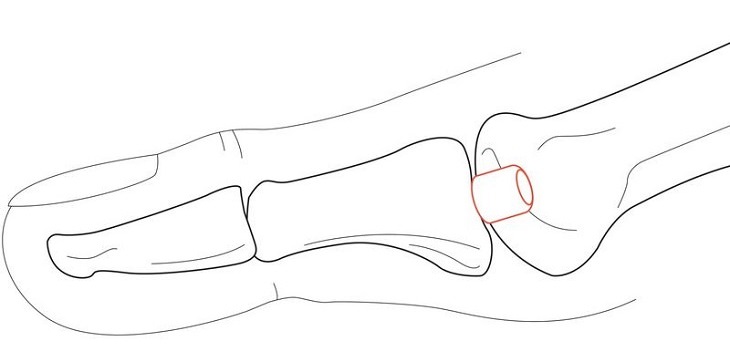
Cartivia is a synthetic cartilage implant that is designed to act as a replacement for arthritic joint tissue. The gel-like material imitates the quality and density of human cartilage, eliminating the aforementioned problematic side effects of metal implants.
After the bone spur has been removed from the big toe joint, a 1cm hole is drilled into the head of the first metatarsal - the bone connecting the mid-foot to the big toe joint. Next, the Cartiva gel is injected into the hole, expands to fill the space, and overflows just a couple of millimeters. This acts as a cap on the joint, decreasing the bone-on-bone contact which is responsible for arthritic pain.
Benefits of the Cartivia Implant
• Replaces damaged cartilage with a polymer that is similar to human cartilage
• Provides pain relief
• Preserves range of motion
• Minimal bone loss
• Easy revision to fusion if needed
• Quick, simple surgical procedure
• Quick recovery time and fast rehabilitation
Who is Cartiva not suitable for?
• Patients with bunions or bent big toes
• Patients who have had previous cheilectomy
• Patients with previous bone or joint infection within the big toe
• Patients who have severe inflammatory disease or gout may not be suitable
What Were the Clinical Study Results? 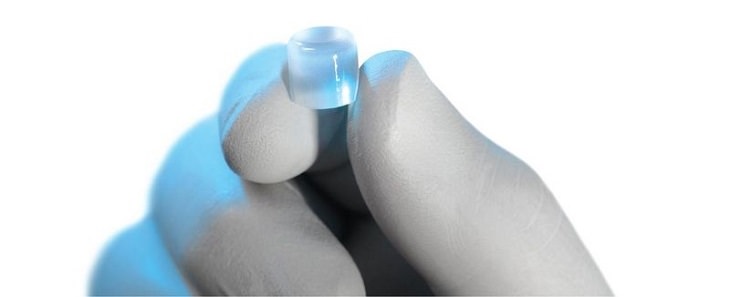
The MOTION Clinical Study compared Cartivia to total fusion in 236 patients. Timothy Daniels MD, FRCSC was the primary investigator at St. Michael's hospital in Toronto (one of the 12 sites involved in the study across Canada and the United Kingdom), and co-author on the published paper.
In this study, the patients either received the Cartivia implant or total fusion. The findings were as follows:
• Patients who received the Cartivia implant achieved a clinical success of 80% for the composite primary endpoint score for pain, function and safety at 24 months, compared to the 79% success for the fusion group.
• Patients in the Cartivia group achieved a 93% reduction in pain, saw a 168% improvement in their ability to perform sporting activities, a 65% improvement in performing daily activities, and a 26% improvement in range of motion compared to baseline.
• After 2 years, from those who got the Cartivia implant, less than 10% needed revision surgery.
Next Steps
Judy Baumhauer, an orthopedic professor at the University of Rochester Medical Center states that this procedure is "certainly transformative. With this advance, we have an implant that doesn't wear out or cause more troubles." Cartivia Chief Executive Officer Tim Patrick says that the company is currently seeking approval to implant the cartilage into thumbs, and Dr. Ku is working on other applications for his implants, including using them to replace blood vessel valves.
Bonus Video
 Go to BabaMail
Go to BabaMail


